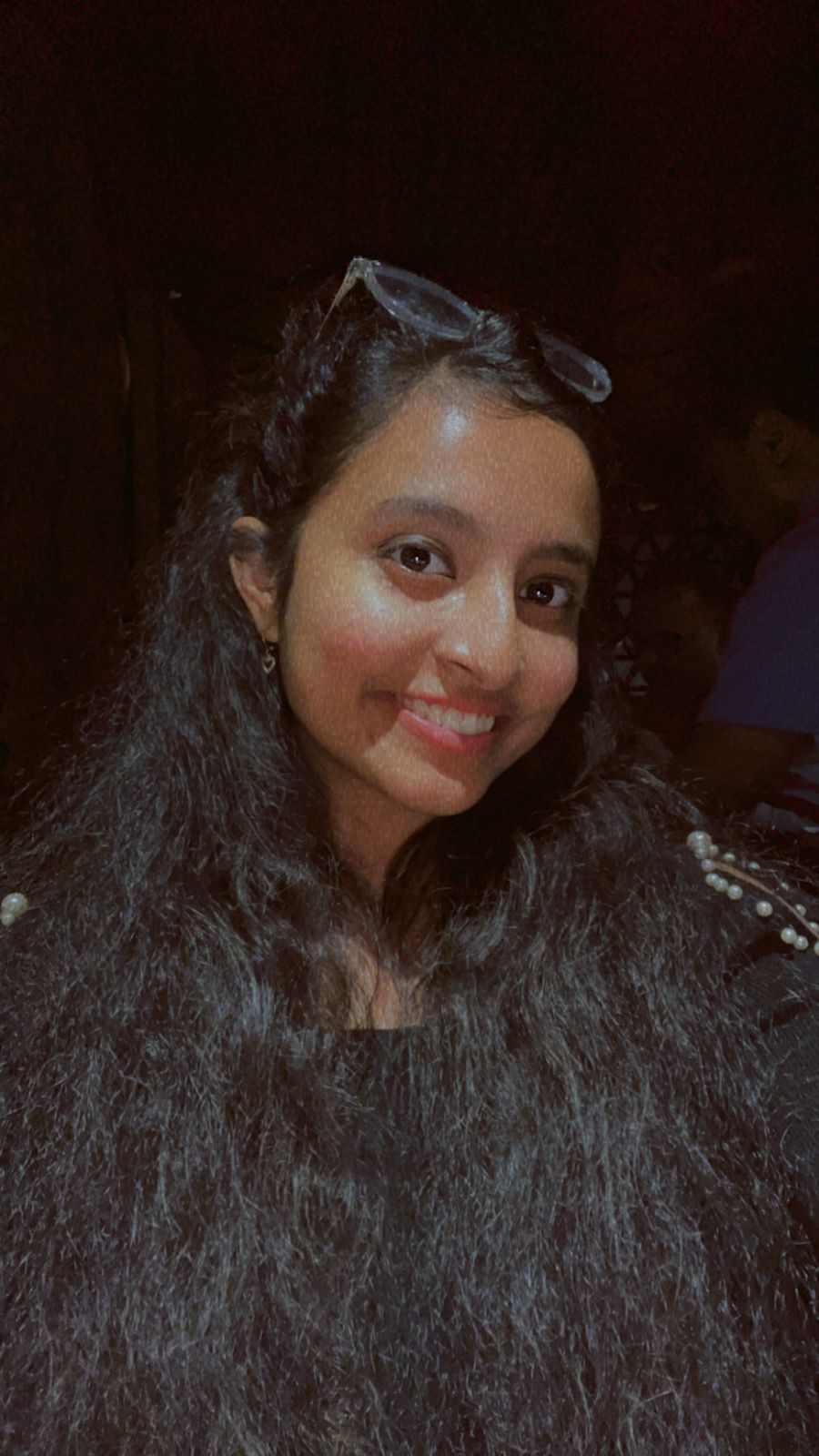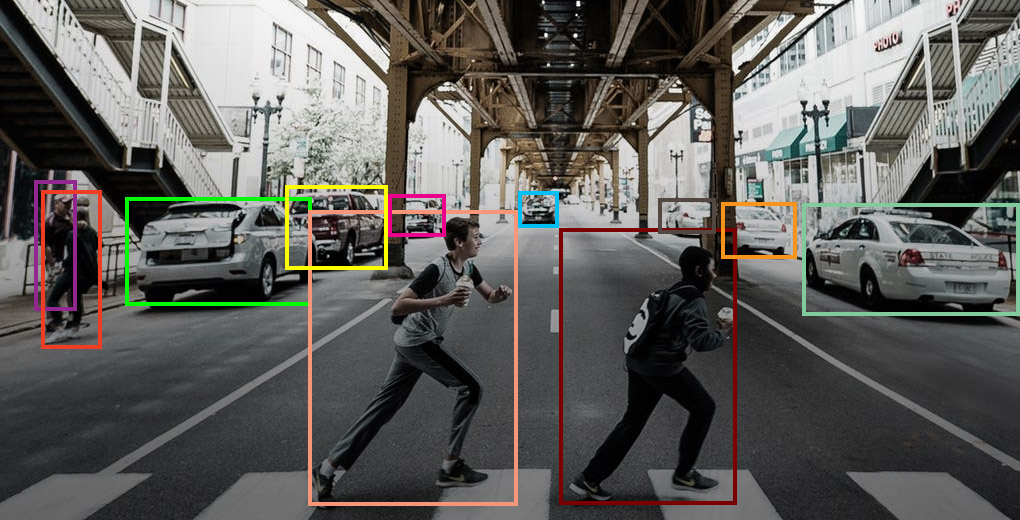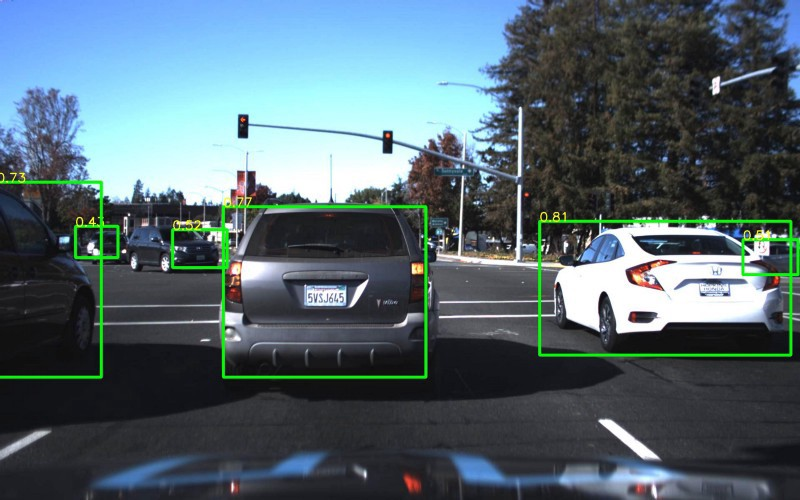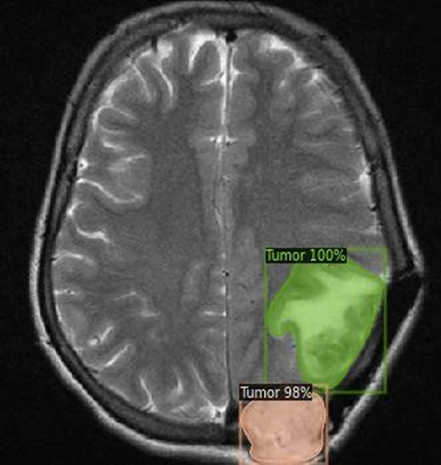From Pixels to Practicality: YOLO in the Real World
 Aishwarya Jagadish
Aishwarya Jagadish
It's not You Only Live Once which is the first thought that comes to your mind but it is You Only Look Once, or YOLO for short, a groundbreaking deep learning algorithm that has transformed the field of computer vision. Born out of the need for faster and more accurate object detection, YOLO has found its way into numerous real-world applications, bringing efficiency and precision to various domains. In this blog post, we'll explore some fascinating real-world applications where YOLO shines.
What is YOLO?
YOLO is an object detection algorithm developed by Joseph Redmon and Santosh Divvala in 2016. Its core innovation is in the way it approaches object detection in images. Unlike traditional methods that scan an image multiple times at different scales and locations to identify objects, YOLO takes a radically different approach. It performs object detection by processing the entire image in one pass.
Key Concepts in YOLO
1. Single Forward Pass: YOLO conducts just one forward pass of the neural network for each image, making it incredibly fast. This is in contrast to some other object detection methods that require multiple passes.
2. Grid Cell System: YOLO divides the image into a grid of cells. Each cell is responsible for predicting objects within its boundaries. This grid system helps localize objects accurately.
3. Bounding Boxes: For each grid cell, YOLO predicts bounding boxes that indicate the location of objects. These bounding boxes are represented as (x, y, width, height) values relative to the grid cell.
4. Objectness Score: YOLO assigns an objectness score to each bounding box. This score estimates the likelihood that the bounding box contains an object.
5. Class Predictions: In addition to object detection, YOLO predicts the class of the detected object within each bounding box. This enables the algorithm to identify what the object is.
YOLO's Advantages
Why has YOLO gained such popularity in the computer vision community? Here are some of its key advantages:
Speed: YOLO is incredibly fast and can perform real-time object detection on standard hardware, making it suitable for applications like autonomous driving and surveillance.
Accuracy: Despite its speed, YOLO maintains high accuracy in object detection tasks, making it a preferred choice for many practical applications.
Unified Approach: YOLO handles object detection as a single, unified problem, making it more efficient and straightforward compared to multi-stage detection pipelines.
Implementing YOLO for Real-Time Object Detection
Setup Environment:
- First, make sure you have Python installed along with necessary libraries like TensorFlow or PyTorch, depending on your preferred framework.
Acquire YOLO Pre-trained Weights:
- YOLO models come pre-trained on large datasets. You can download pre-trained weights from the official YOLO website or other sources.
Load YOLO Model:
- Load the YOLO model with pre-trained weights using your chosen deep-learning framework. For example, if you're using TensorFlow, you can use TensorFlow's model loading functions.
Image Preprocessing:
Prepare the input image by resizing it to the size expected by the YOLO model. YOLO typically takes input images in fixed dimensions (e.g., 416x416 pixels).
Normalize the pixel values to be in the range [0, 1].
Object Detection:
- Pass the preprocessed image through the YOLO model to obtain object detections. YOLO will provide bounding boxes, class probabilities, and confidence scores for each detected object.
Post-processing:
Apply post-processing techniques to filter out low-confidence detections and non-maximum suppression to remove overlapping bounding boxes.
Convert bounding box coordinates from YOLO's format to the format you need (e.g., [x, y, width, height]).
Visualization:
- Draw bounding boxes and labels on the original image to visualize the detected objects.
Real-Time Video Processing (Optional):
- If you want to perform real-time object detection on video streams, you'll need to capture frames from the video source (e.g., webcam) in a loop and apply the above steps to each frame.
Performance Optimization (Optional):
- Depending on your hardware and performance requirements, you may need to optimize the code for faster processing. Techniques like model quantization can be applied to reduce model size and improve inference speed.
Deployment:
- Once your YOLO-based object detection system is working well, you can deploy it in various applications, such as surveillance, autonomous vehicles, or robotics.
Bringing YOLO to Life
YOLO in Autonomous Vehicles

Autonomous vehicles, including self-driving cars and drones, rely heavily on computer vision to understand their surroundings. YOLO plays a crucial role in enabling these vehicles to detect and track objects in real time. Here's how YOLO is used in this domain:
Pedestrian Detection: YOLO helps autonomous vehicles identify pedestrians and cyclists on the road, allowing the vehicle to make informed decisions to ensure safety.
Lane Detection: YOLO can detect lane markings on the road, assisting self-driving cars in staying within their lanes.
Obstacle Detection: The algorithm is used to identify obstacles such as other vehicles, traffic signs, and debris, enabling autonomous vehicles to plan their routes accordingly.
YOLO in Surveillance Systems

Surveillance systems benefit greatly from YOLO's real-time object detection capabilities, enhancing security and surveillance operations:
Intrusion Detection: YOLO can detect intruders in restricted areas, sending alerts to security personnel or triggering alarms.
Face Recognition: The algorithm is used for identifying individuals in crowds, providing facial recognition capabilities for access control or criminal identification.
Object Tracking: YOLO can track moving objects, allowing surveillance systems to monitor the movement of people or vehicles across camera feeds.
YOLO in Retail

Retail businesses utilize YOLO for various applications, improving customer experiences and security:
Shopper Analytics: YOLO helps retailers analyze shopper behavior, such as tracking customer movements and product interactions in real-time.
Inventory Management: The algorithm aids in inventory management by monitoring stock levels and alerting staff when items need replenishment.
Theft Prevention: Retail stores use YOLO to detect suspicious behavior, reducing shoplifting and theft.
YOLO in Healthcare

The healthcare industry leverages YOLO to enhance patient care and improve medical processes:
Medical Image Analysis: YOLO assists in the automatic detection of anomalies in medical images, such as X-rays, CT scans, and MRIs.
Monitoring Patient Movements in Hospitals: Use YOLO to track the movements of patients, ensuring their safety and well-being.
Medication Management: The algorithm can help healthcare providers verify the administration of medication to patients.
These are just a few examples of how YOLO has found practical applications in the real world. Its speed and accuracy have made it an indispensable tool in various domains, from autonomous vehicles to healthcare. As the field of computer vision and deep learning continues to advance, we can expect even more innovative uses of the YOLO algorithm to emerge.
Getting Started with YOLO
If you're interested in using YOLO for your projects, pre-trained models and open-source implementations are available in popular deep-learning frameworks like TensorFlow and PyTorch. These resources can help you get started with object detection quickly.
Subscribe to my newsletter
Read articles from Aishwarya Jagadish directly inside your inbox. Subscribe to the newsletter, and don't miss out.
Written by

Aishwarya Jagadish
Aishwarya Jagadish
I am a CS grad specializing in Artificial Intelligence at the University of Southern California. I am eager to learn, grow and make a meaningful impact in the ever-evolving world of Artificial Intelligence and Machine Learning.